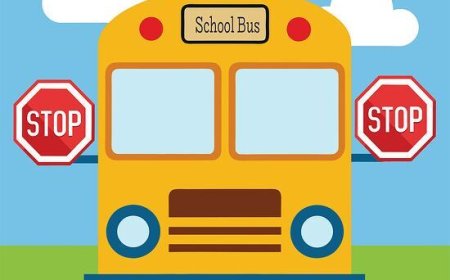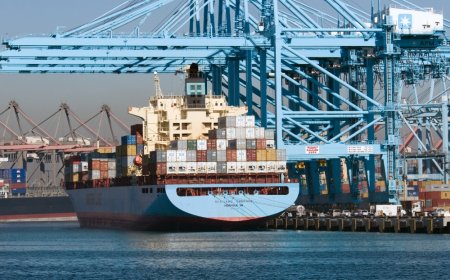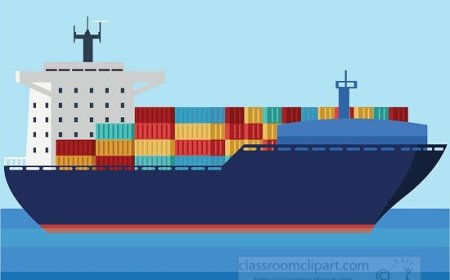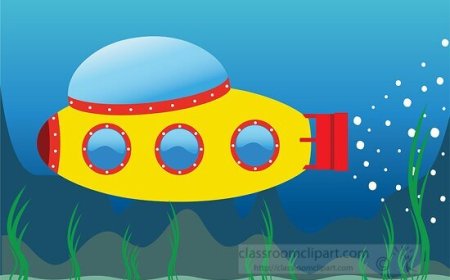How Trains Changed the World
Discover how trains transformed cities, industries, and travel. Learn the history of trains and their impact on the world in this fun article for kids.
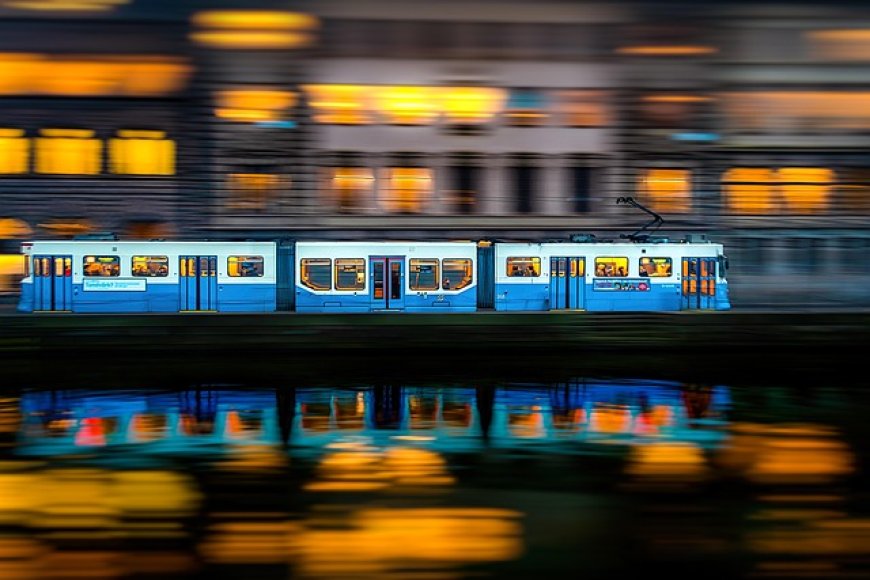
🚂 How Trains Changed the World
Summary:
Trains did more than just carry people and goods—they transformed cities, countries, and the way we live. From the first steam locomotives to today's high-speed trains, railroads helped power the Industrial Revolution, spread new ideas, and connect communities. In this article, you'll learn how trains changed the world in amazing ways.
🚂 What Is a Train?
A train is a series of connected vehicles that run on tracks and are pulled by an engine called a locomotive. Trains are used to move people (passenger trains) and things (freight trains) over long distances.
The first modern trains were invented in the early 1800s, and they quickly became a popular and powerful form of land transportation.
🛠️ How Trains Work
Early trains were powered by steam engines, which used coal and water to create pressure that moved the wheels. Later trains used diesel fuel or electricity to run more cleanly and efficiently.
Trains run on railways (also called railroads), and can travel hundreds of miles in just a few hours!
🕰️ A Short History of Trains
| Date | Event |
|---|---|
| 1804 | First steam-powered train in England |
| 1825 | First passenger train: Stockton & Darlington Railway |
| 1860s–1880s | Railroads built across the U.S., including the Transcontinental Railroad |
| 1900s | Electric and diesel trains replace steam engines |
| Today | High-speed trains travel over 300 mph! |
💡 Did You Know? Japan’s Shinkansen (“bullet train”) began running in 1964 and can travel at speeds over 200 mph!
🌍 How Trains Changed the World
1. 🚛 They Made Shipping Faster and Cheaper
Before trains, people used wagons, horses, and boats. Trains could carry tons of cargo like coal, food, and furniture—faster and for less money.
2. 🏙️ They Helped Cities Grow
When train stations were built, towns and cities grew around them. Places that once had few people became busy communities with homes, stores, and jobs.
3. 🧳 They Made Travel Easier
Trains allowed people to travel farther and faster than ever before. In the past, traveling across a country took weeks—with trains, it took days or even hours.
4. 🏭 They Powered the Industrial Revolution
Trains helped move materials to factories and finished products to markets. They helped industries grow and created new jobs in mining, steel-making, and train operations.
5. 🌐 They Connected the World
Trains connected countries, made trade easier, and brought cultures together. They also helped build national identities, especially in large countries like the United States, China, and Russia.
🚄 Trains Today
Modern trains are faster, cleaner, and smarter than ever. Some use electric rails, while others float above the track using magnetic levitation (maglev)!
Examples of modern trains:
- Subways in big cities
- High-speed trains (like the Eurostar, TGV, and Amtrak Acela)
- Freight trains that carry goods across continents
- Tourist trains through mountains or scenic routes
📚 Vocabulary to Know
- Locomotive – The engine that pulls a train
- Freight – Goods or cargo transported by train
- Railroad – A track system trains run on
- Industrial Revolution – A time when machines and factories changed how people lived and worked
- High-speed train – A train that travels very fast, often over 200 mph
🧒 Kid-Friendly Summary
Trains changed the world by making travel faster and easier. They helped cities grow, connected people across countries, and moved goods more quickly than ever before. Today, trains are even faster—and still super important!


















































